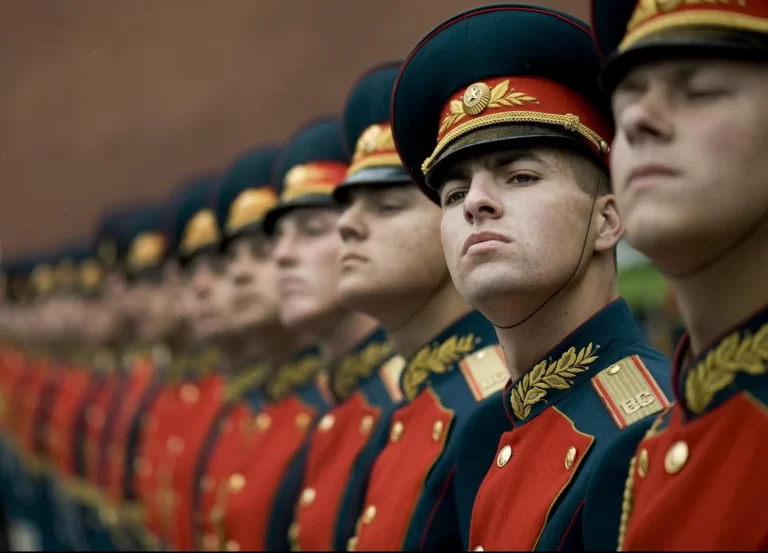
Your Sanctions & Export Controls Toolbox

Your Sanctions & Export Controls Toolbox

EU due diligence guidance
Introduction
In response to the war in Russia and the complicity of Belarus, the European Union imposed unprecedented restrictive measures. Russian sanctions are designed to weaken the Russian government’s financial ability to finance the war. As a European company, there is an increased risk of inadvertently facilitating prohibited activities related to Russia. Hence this EU due-diligence. Sanction circumvention is the practice by which Russia tries to evade restrictive measures by using various means.
To prevent this, the European Union has established guidelines for developing an enhanced due diligence model. This model focuses on high-risk industries and complex supply chains. The EU aims to provide a general overview of the key points to consider in a company’s due diligence process.
Risk assessment
The starting point should be a recurrent risk assessment that uses public data to track the evolution of circumvention. The risk assessment according EU due diligence publication should include the following four steps:
- Identification of threats and vulnerabilities: stay alert to key techniques used by Russia to circumvent.
- Risk analysis: assess the nature of the risk to which your industry, products and activities are exposed.
- Design of mitigation measures
- Regular updates: regularly update the assessment as needed based on the evolution of circumvention techniques used and the use of increasingly complex methods
The guidelines include a helpful section on enhanced due diligence. This describes best practices that begin with an assessment of your business partners at the stakeholder level, assessing that they have a proven track record and that you know all of your stakeholders and the ultimate end user.
Further research needs to be done at the transaction level. This includes checking goods for complex or unusual routing, financial schedules, listed items on sanctions or the battlefield or economic cricitical items lists.
Best Practices & Red Flags
These best practices will help you ensure that your activities involving sanctioned goods for Russia are not diverted to Russia. A red flag indicator is always relevant, with the EU due-diligence guidance listing examples, such as:
- Indirect transactions that have little economic logic
- New customers in countries known as “bypass hubs,” relating to sanctioned, battlefield or economically critical goods.
- Recently formed business partners or a change in ownership of a corporate holding company.
- The contact person is not willing or available for discussion.
Conclusion
These guidelines can be useful for European companies whose products are either sanctioned or listed as battlefield or economically critical items while doing business, especially with countries considered “circumvention hubs.”
For further information, please read the guidance and it is always advisable to refer to the latest version of the “commission consolidated faqs“.
If you would like more information about the Russian situation and what it means for you, please take Contact us.
Trade Controls Compliance Contact Form
Your Sanctions & Export Controls Toolbox
If you have any questions about our services or are interested, please contact us using our contact form. With our Trade Controls Compliance contact form you can leave your details with us, then we will contact you. If desired, you can already provide more details about your issue in the field of export control, supply chain security or trade compliance.
We handle your information carefully in accordance with privacy laws and aim to respond to your message within two business days.
Thank you for your interest in Trade Controls Compliance.
Of course, you can also contact us via our Trade Controls Compliance LinkedIn page or directly with Robert van de Ruit.